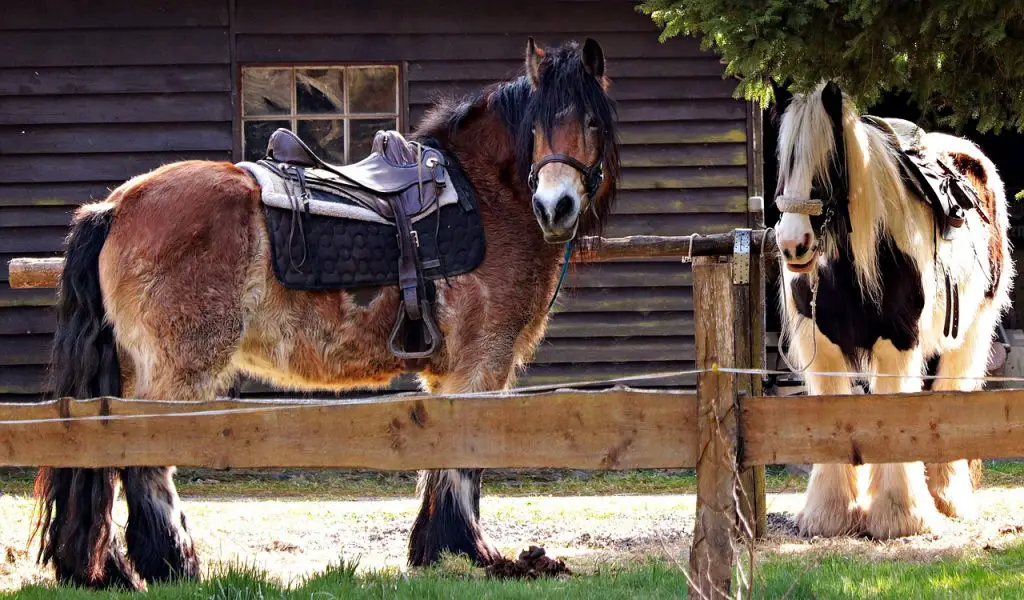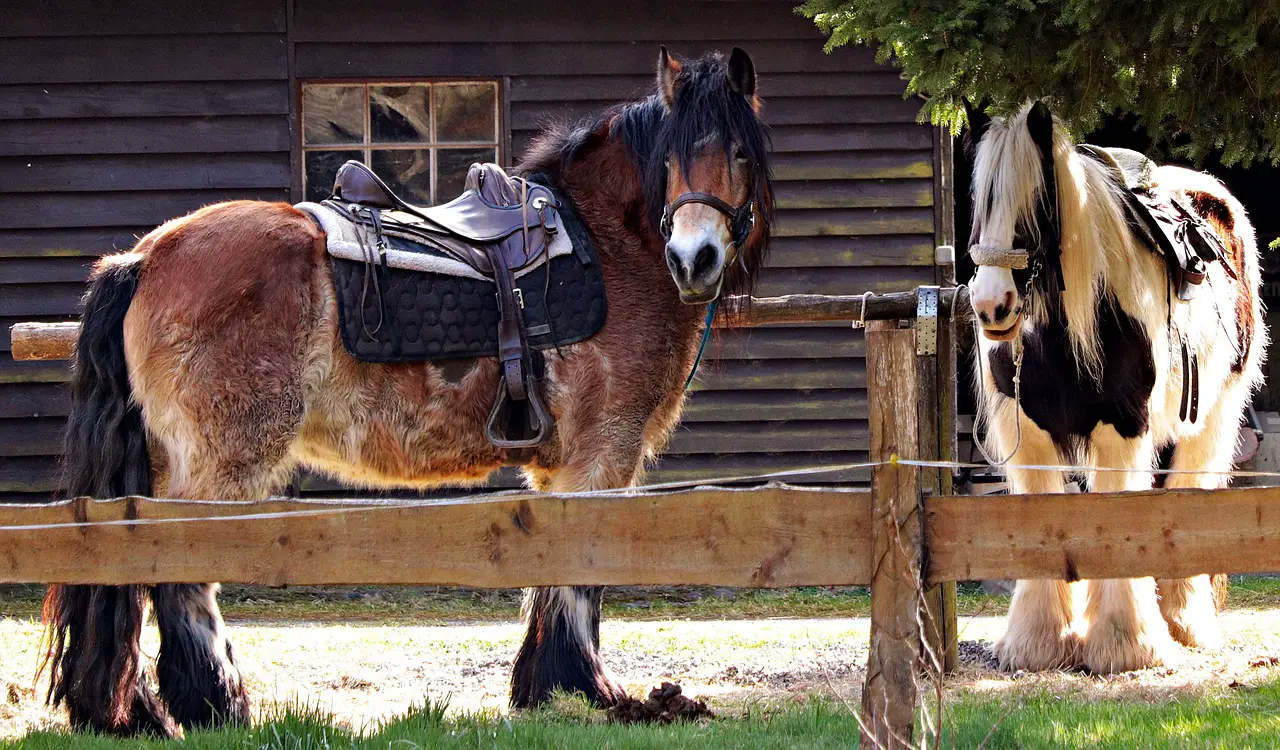Last Updated on March 11, 2022 by Allison Price
Are you a Prolite Girth owner? They have been receiving a lot of positive feedback. They are also one of the most expensive options. It begs the question: Are they worth it? We are looking for answers. Let’s take a look at the reasons they aren’t your average girth.
Prolite is the right choice
You have a great question! Now let’s get to the science!
Fairfax Saddles Ltd licensed this design. It is known to significantly increase horse freedom and allow for better results. You’ll be able to tell the difference by using gait analysis and pressure mapping.
“Using technology testing enables me to tell the horse exactly how each design change affects pressure and freedom of movement.”
Pressure mapping The industry-standard method for assessing the pressure on horses’ bodies is called Pliance pressure mapping. This allows data to be collected at all speeds and even while jumping.Pressure Mapping
Gait Analysis Small spherical marks are placed on horse’s skin in the centre of key joint. These markers are then photographed at 300 frames per second, which is 25 times faster than the human eye. A computer processes the images and provides details about each horse’s joints and limb angles. This allows for measurement of differences in the horse’s extension, flexion, and freedom of movement. Cool, or not!

Two is better than one! These testing methods together give us a better idea of how pressure your horse feels and what it does to his ability to go.
Design– Based on extensive testing, this innovative design features anatomical contouring as well as strategically placed cushioning. The padding allows the front edge to “float” which allows your horse’s muscles to move beneath it. The cut of the waist avoids the area below the elbow. This creates a buffer zone that prevents the edge from being too sharp. This reduces pressure and allows for greater freedom of movement in the hind and forelimbs. It also eliminates gait asymmetry.
Materials The amazing material that is used to make Prolite Girths is four-times more resistant to abrasions than leather. It’s also antibacterial and hypoallergenic. It is known for its superior breathability and ability to wick away sweat. This keeps your horse comfortable and dry.
We Love
Do not take our word for this… have a look!
“I needed a girth to support my large cob, which was cut at the elbow and didn’t have elastic. This has so far been great, it fits perfectly and can be cut enough to reach his elbow. It’s also a fraction of what you would pay for the Fairfax version. I would recommend this horse for large moving horses or horses with a wider build .”
“Excellent! This girth has been used to support a 4-year-old. I wanted plenty of elbow space for him because he’s quite girthy. I have the .” because of his girth.
“Bought this because my mare has a deep girth and a forward girth groove. Although I was skeptical, the girth is great for my mare. .”
Excellent quality, great price, and my horse loves it.
How to Choose the Right Prolite Girth
Short (Dressage and Girth
RRP PS88.99
Colors: Brown, Black
Sizes: 22” – 32” (55cm – 80cm)
Use with:Dressage and Monoflap Jump Saddles
Prolite Girth Benefits – Short
Long (General Purpose Girth)
RRP PS88.99
Color: Black or Brown
Sizes: 44” – 56” (110cm – 140cm)
Use with: Two-flap Jump Saddles & GP
Prolite Girth Benefits – Long
Fitting & Using A Prolite Girth
This is a trap we’ve all fallen into. But just because the girth fastens, doesn’t mean that it fits. You and your horse should be able to see the full benefits of a Prolite Girth. These are our top tips.
Prolite (r), Girths can be measured the same as traditional options – buckle to buckle. The size of your old circumference should only be used as a guide. Here’s why:
They are not only available in different lengths, but also in two widths. It is important to choose the right option due to their anatomical form. Horses with a narrower girth or forward girth groove will be able to use the narrow girths. The horse will need the narrow gauge if the area between his elbows is less than 20 cm. You can use a sweat scraper to check if your tape measure is not accurate. If it doesn’t fit between the horses front legs, you should consider a narrow gauge.
- Less than 20cm – Narrow
- More than 20cm – Standard
A narrow gauge girth can be beneficial for horses with forward girth grooves.
- Standard Elbow Clearance
- Narrow Elbow Clearance
Although it may sound obvious, Prolite girths should be used in the correct orientation. Fit your girth so that the curving section faces towards your forelimbs.
The majority of people who use dressage (short) sizes don’t know how they should fit. Always choose the longest length. This keeps the buckles from getting into the pressure sensitive area behind your elbow. The top of your girth should reach as close as possible to your saddlecloth when it is fully tightened. Two billet holes on each side is ideal for a dressage saddle.
You don’t have to tighten your girth only on one side. We’ve all done it. However, it is important to do them evenly on both sides. This distributes pressure evenly and helps prevent your saddle from slipping.
The billet keeper should not be used alone for tightening. This will reduce the life expectancy of your girth. It’s designed to guide the billet strap through the roller buckle. However, it won’t withstand the pressure of tightening. Doing so will cause damage to the central stud. Instead, thread your billet strap through the buckle without applying any upward pressure.
- DO
- DO NOT
Time for some myth busting! To prevent sores and pinching, we have all been taught to move our horses’ legs forward after we have girthed. Ironically, this stretching of the horse’s front leg only pulls more skin into the area behind the elbow.
Although you may have expected the girth of a horse to fit flush with its chest, it is normal for the horse to have a gap between his sternum and the front edge. This design allows the muscles in the shoulder girdle to move instead of being blocked.
Take Care of Your Girth
They require care, just like all things. If you don’t clean your girth it will allow sweat to buildup in the fabric which can cause it to become stiffer and eventually crack. This simple cleaning procedure will help you avoid any damage.
You will need a bucket of water, warm water, and a towel. A mild detergent can be added to the water if the girth is very dirty or greasy.
To gently remove dirt, submerge Prolite girth into the water.
Use your towel to remove as much water as you can. Let the girth dry naturally. You’re all done! You don’t need any more products.


